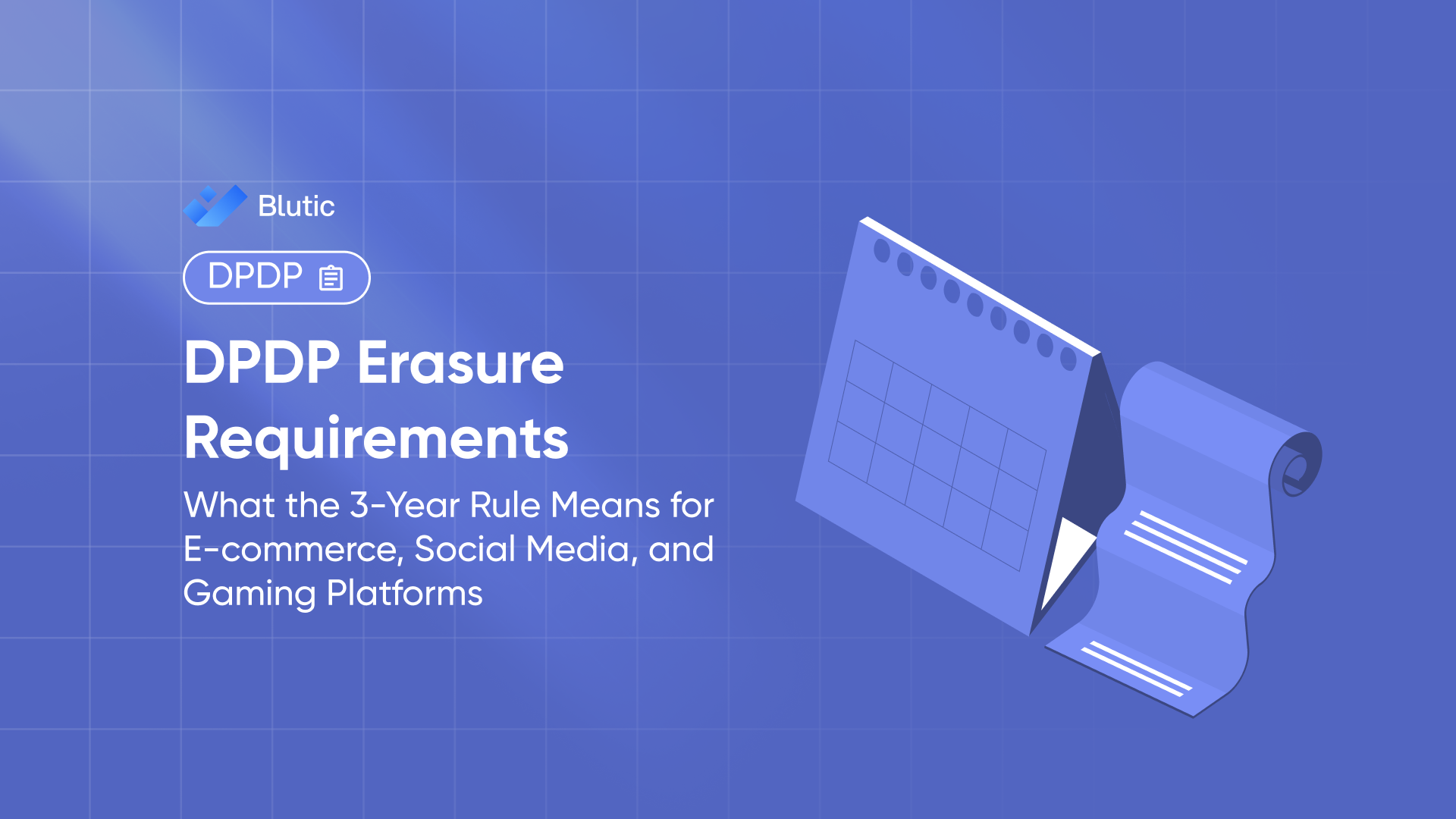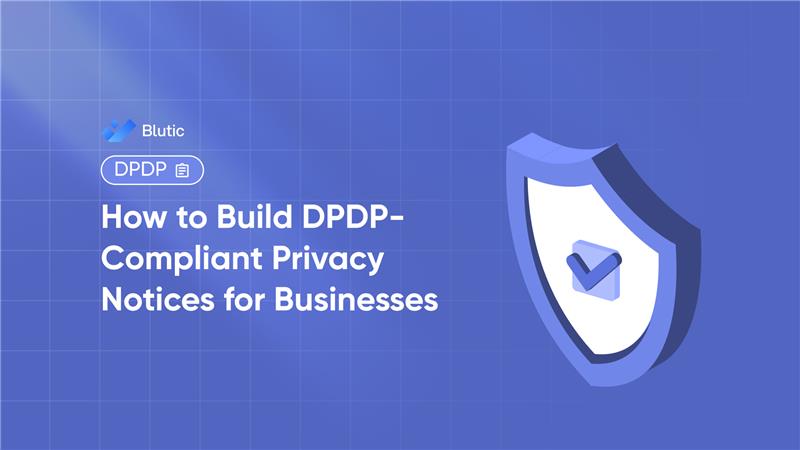DPDP-Compliant Grievance Redressal: What It Requires from Every Business

DPDP-Compliant Grievance Redressal: What It Requires from Every Business
Introduction
Under the Digital Personal Data Protection (DPDP) Act, 2023, Indian businesses are no longer just expected to protect user data they're also mandated to respond to complaints. The grievance redressal mechanism is a cornerstone of the Act, giving data principals (users) the legal right to raise concerns and expect timely resolutions.
In this blog, we decode what DPDP-compliant grievance redressal means, what actions are time-bound, and the exact obligations placed on every business operating in India.
What the DPDP Act Says About Grievance Redressal
The DPDP Rules, 2025 outline clear standards for how businesses must respond to complaints from users (called data principals). Here are the key takeaways:
1. Timeline for Response
Every data fiduciary (business collecting personal data) must resolve a complaint from a data principal within 7 days from the date of receipt.
This 7-day window is non-negotiable and applies to all categories of businesses, including startups, e-commerce platforms, edtech providers, social media apps, and more.
2. Appointment of a Grievance Officer
All data fiduciaries must appoint a Grievance Redressal Officer (GRO) who:
- Acts as the nodal point of contact for complaints
- Has a functioning email address and physical address listed in the privacy policy
- Coordinates timely resolution and escalations
- Is responsible for maintaining an internal register of complaints, outcomes, and timelines
If you’re a Significant Data Fiduciary (SDF), the officer must be a senior-level functionary and listed on your public website or app interface.
3. User Notification Post Resolution
Once a grievance is resolved, businesses must:
- Inform the data principal of the resolution
- Specify the redressal provided or action taken
- Document the same for audits or future investigations
What Happens If You Fail to Comply?
Failure to meet the grievance redressal requirements can lead to:
- Penalties from the Data Protection Board (under the DPDP Act) for non-compliance
- User escalation to the Board, triggering investigations
- Loss of trust and reputational damage
- For Significant Data Fiduciaries: heavier penalties and stricter scrutiny
Reminder: If a user is not satisfied with your redressal, they have the right to escalate the complaint to the Data Protection Board, which could initiate enforcement proceedings.
What Businesses Must Change Immediately
To stay compliant with the DPDP Act’s grievance redressal rules, here’s what every business should do:
Review Your Complaint Channels
Ensure your website, mobile app, and communications include the grievance officer’s email ID, name, and postal address.
Set Internal SLAs for Response
Your internal teams must be aligned with the 7-day deadline set alerts, automate acknowledgments, and escalate delays.
Train the Grievance Officer
Your designated officer should be trained on:
- Rights of data principals
- Legal implications of delay
- When to escalate cases to higher authorities
Keep an Audit Trail
Maintain logs of:
- Complaints received
- Dates of acknowledgment and resolution
- Nature of redressal
- Communication sent to the user
This is critical for inspections and demonstrating compliance.
Why This Matters for Privacy-Focused Businesses
With the DPDP Act now live, your grievance redressal mechanism is not just a customer support function, it's a legal and strategic asset. Businesses that offer transparent, timely resolutions not only avoid penalties but also earn user trust.
Platforms like Blutic offer integrated consent and grievance modules that help you:
- Track incoming complaints
- Assign resolution workflows
- Maintain detailed logs and compliance reports
- Automate acknowledgment and updates to users
The DPDP Act makes grievance redressal a legal necessity, not a value-add. With just 7 days to respond and raise user awareness, your business must be audit-ready, resolution-friendly, and always compliant.
Let compliance be simple. Let trust be central.
Frequently Asked Questions
More Blogs
Get the indise scoop: the latest tips, tricks, & product updates
%20.png)




